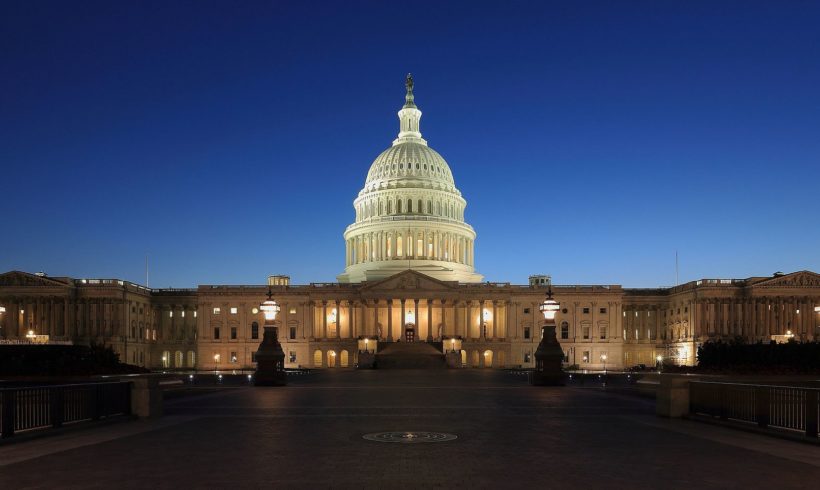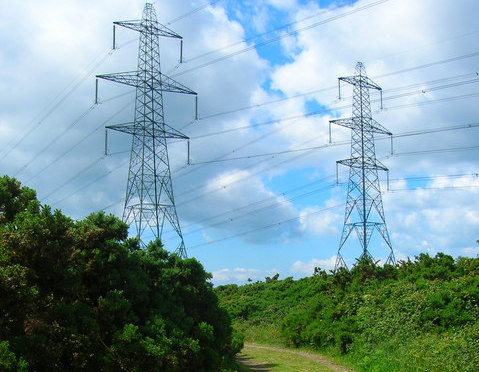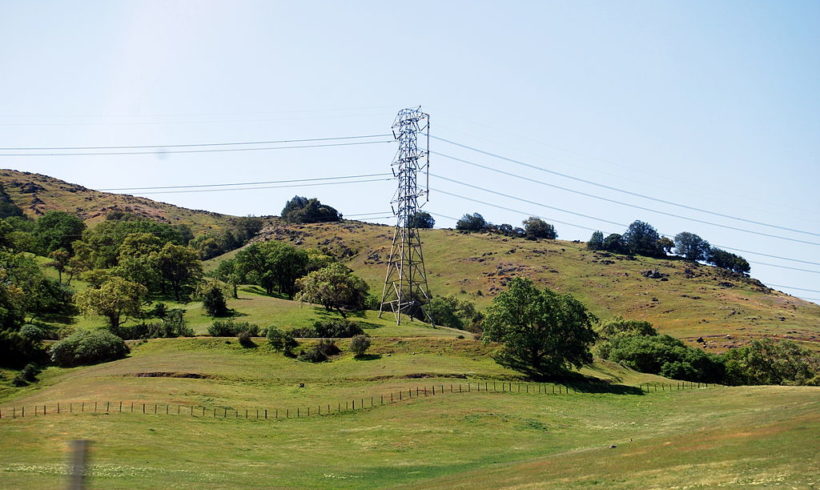By MIRIAM ACZEL The power of collective environmental action should not be a surprise when it comes to promoting the transition to a cleaner, greener planet....
Archive for category: Energy Efficiency

Small Business Guide to Energy Conservation
By BUSINESS.COM Editorial Staff Start your small business energy conservation program today with immediate, actionable tips. Plus, learn long-term strategies and tips on how to...

7 Ways to Reduce Your Carbon Footprint in 2019
By Tania Longeau Climate change is a terrifying reality. The science behind it is complex, and there are a lot of unknowns in terms of...

What Washington, D.C.’s Progressive Climate Law Means for Commercial Real Estate
By Anica Landreneau The notion of a Green New Deal has been around for a while. Thomas Friedman coined the phrase in 2007, and Green...

Why Going Green Is Smart For Your Business
By EMMA ORTON Companies that want to grow and be sustainable should absolutely get ahead of the curve and strongly consider going green. Not only...

Inventive, Eco-Conscious Solutions for Shared Offices
By RAE STEINBACH Like businesses in traditional settings, coworking spaces are beginning to focus on promoting environmentally friendly designs. Freelancers are especially cognizant of their ecological...

Similarities between the Italian Hera Group and the Community Choice Energy programs in California
In the past three articles, I analyzed several aspects of the Hera Group, its strong dedication to sustainable development, and how the company is advancing energy efficiency in industry. There is one more thing I would like to mention and in particular Hera’s organizational structure and some common features with the Community Choice Energy (CCE) programs in California, also known as Community Choice Aggregation (CCA). For this purpose, I will explore data from Marin Clean Energy (MCE), which I introduced in previous articles as the subject of my research.

Delivering Energy Efficiency in Industry: How the Hera Group turned an obligation into an innovative and successful business strategy
Hera committed to energy efficiency more than ten years ago, and from what started merely as an obligation turned out to be one of the most successful and innovative approaches of the group.

Tips and Tricks for Clean Green Business Operations
The power of collective environmental action should not be a surprise when it comes to promoting the transition to a cleaner, greener planet. There are many simple changes you can make to embrace a more sustainable lifestyle. But how can businesses, particularly those first starting out, embrace the same techniques to reduce their carbon footprint, and encourage others to do the same?

Renewable integration strategies in regulated and deregulated electricity market structures
Electricity markets are complex compared to other markets such as transportation and physical commodities markets, as supply and demand are required to be matched in real time. In addition to this, mismatches in electricity load scheduling can lead to serious consequences such as blackouts. Due to its high social importance, in many countries, the electricity sector was previously owned and operated by state agencies. This has however changed, and many countries have restructured and deregulated their electricity markets. Regulated and deregulated electricity markets have their pros and cons in terms of consumer price, efficiency and environmental impacts. In this article, the case of United States is examined to compare the renewable integration strategies in these two different types of electricity markets. In the United States, the Northeast, Midwest, Texas and California have deregulated market structures while other parts have regulated markets. Currently, 24 states have a deregulated generation sector and 18 of them have deregulation at retail level also.

